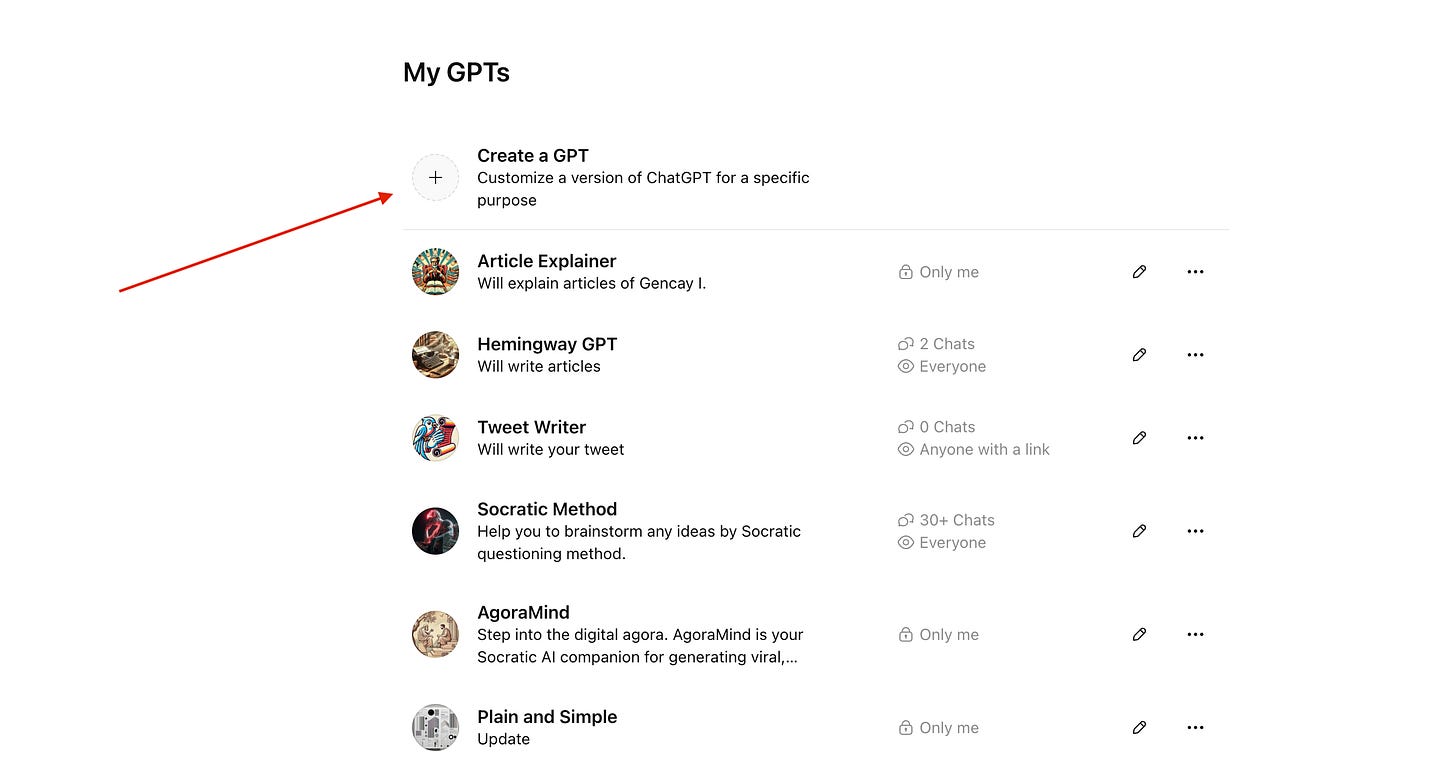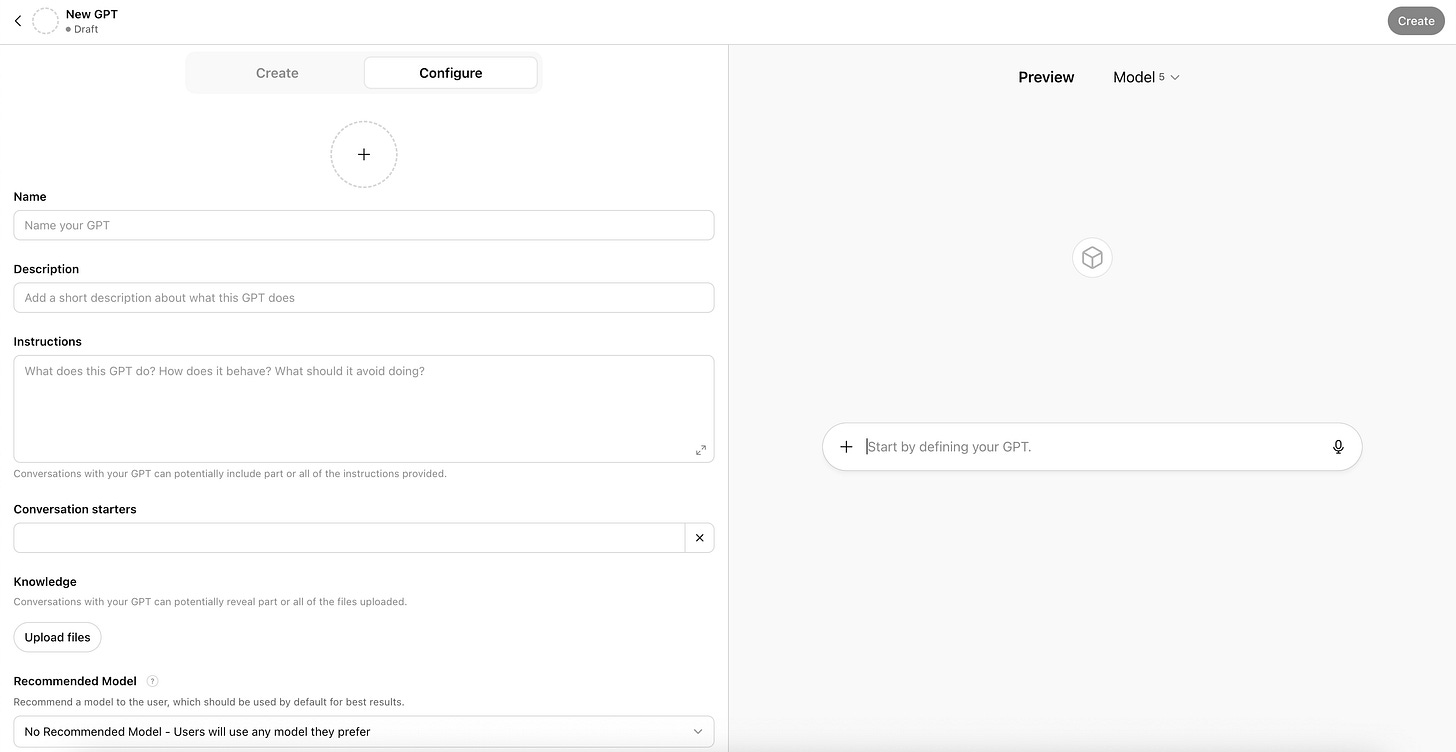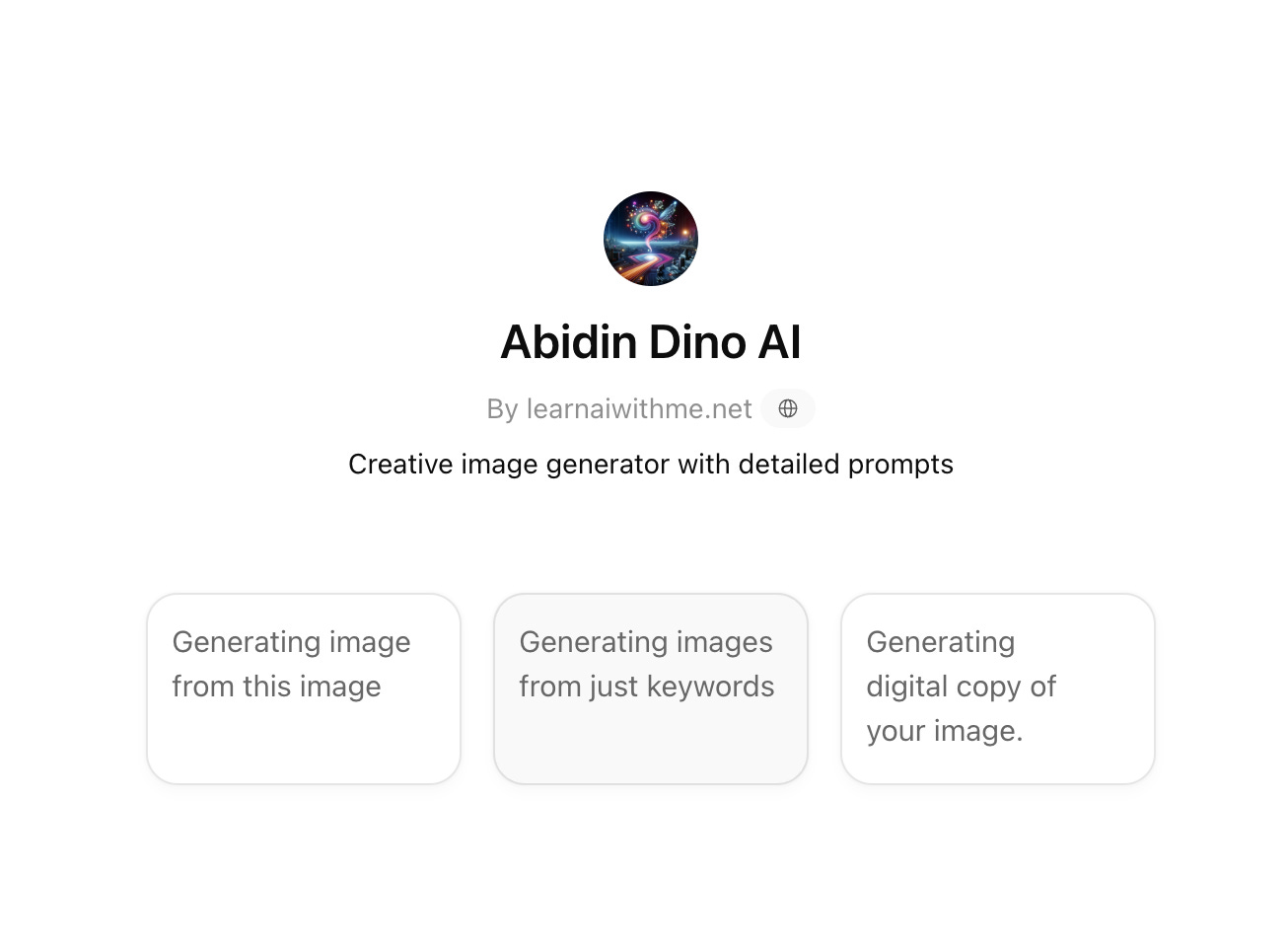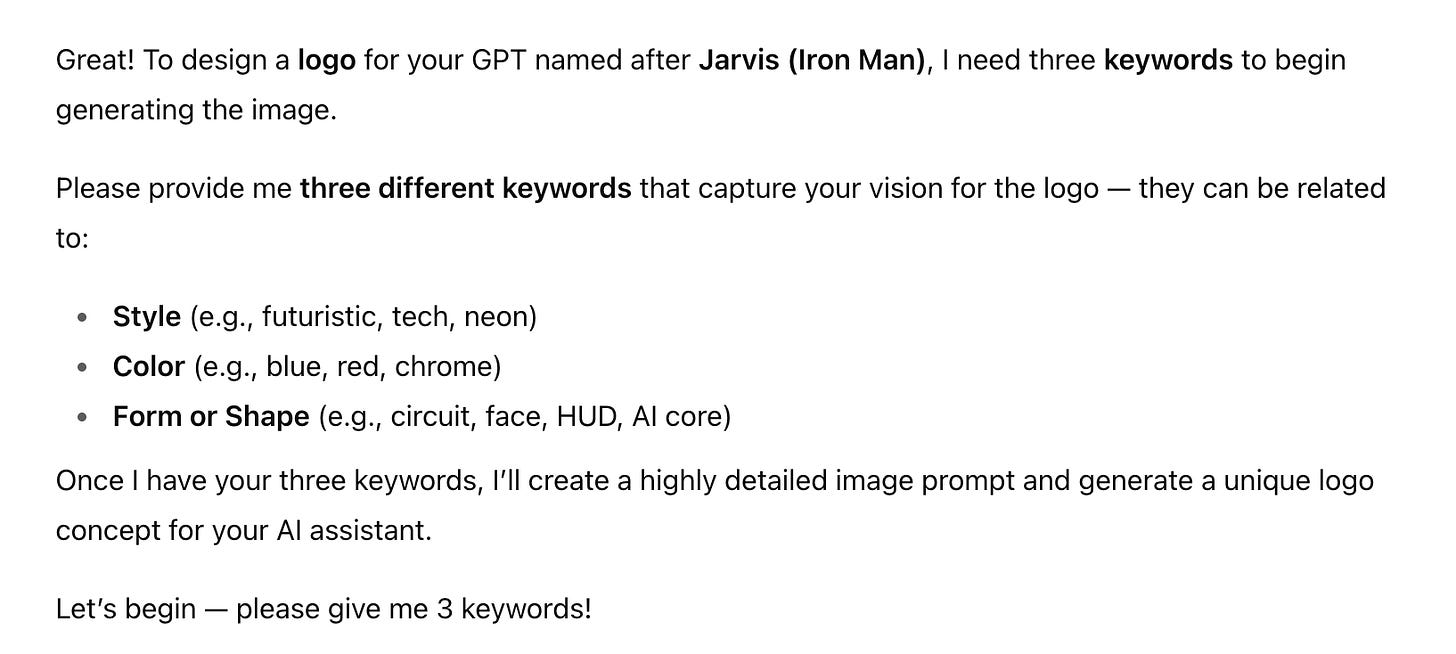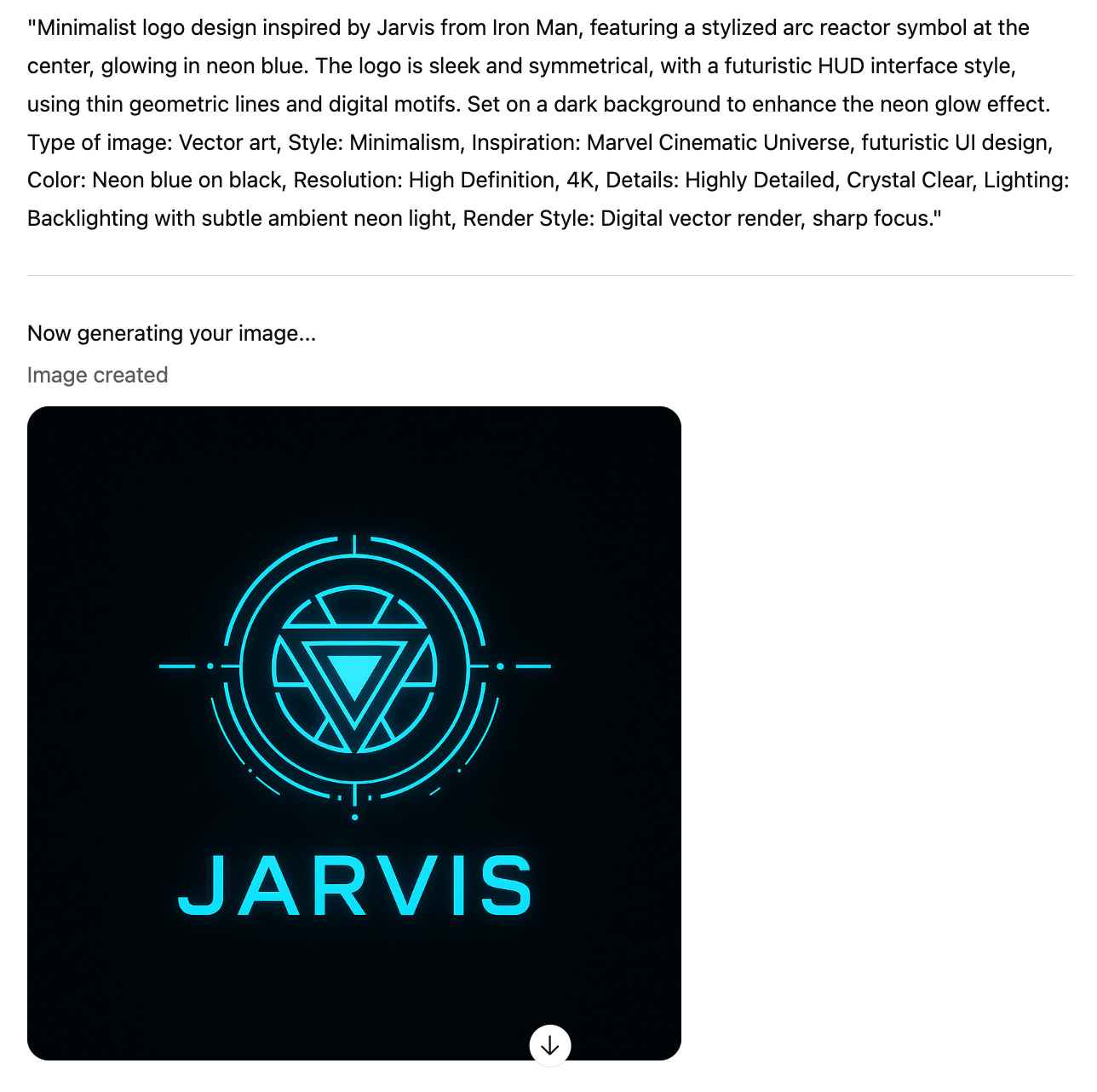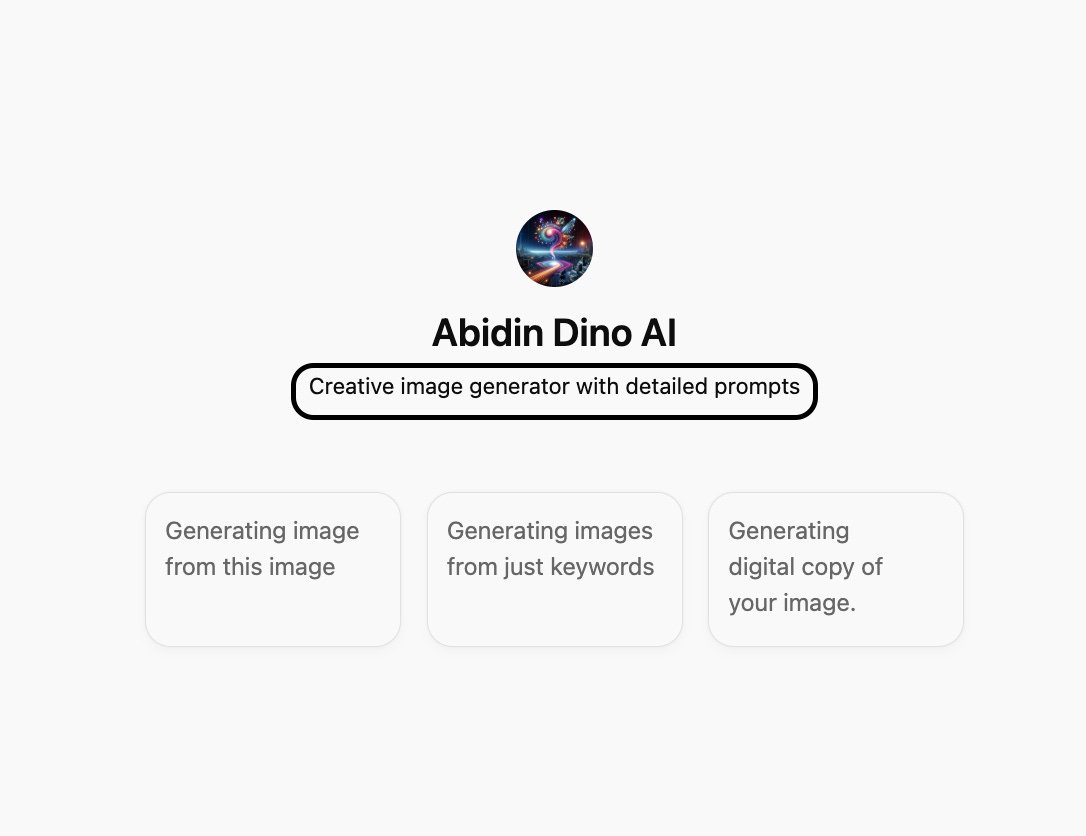Personal AI Agents are The Future!
Let’s integrate this feature right now.
Content Table
What are Agentic Systems?
The easiest way to develop Agents
AI Academic Research Assistant
Discovering The Alternatives
Ongoing demand in the market for Agents
Share this post, and I’ll reward the top referrers each month.
What are Agentic Systems?
Common question right now: Why is everyone suddenly talking about agents, and how can you build your own?
AI agents are not so different from large language models. The idea behind an agentic system is rooted in automation, where agents should be able to act without your intervention.
However, OpenAI, Claude, and Google have significantly enhanced their systems, enabling you to develop agents on their platforms without requiring any coding. But how?
The Easiest Way to Develop Agents
The easiest way to build agents is to use one of three options;
CustomGPT’s. (OpenAI)
Gemini Gems (Google)
Claude Projects (Anthropic)
While some argue these are not agents, I disagree. Why? I’ve developed over 40 agents for clients worldwide, mainly in Europe and the United States.
The goal is always the same: to turn hours-long tasks into minutes without losing quality.
That’s exactly what we’ll do in this article.
Customization
The most important part of this process is customization. Most clients will come to you wanting to achieve impossible things. You need to set boundaries by clearly knowing what you can and cannot do.
For instance, in Custom GPTs, you can use ‘actions’ to integrate different APIs, such as scraping data from Google.
The idea is simple: scrape data from Google, store it, and build an ML model to make predictions. If the results look good, scale it up, deploy it to the cloud, and run the model there to generate more science-based insights.
Who can do this?
Both technical and non-technical people can build these kinds of agents; it’s really for everyone.
Think about it:
What is the most boring task you’d love to automate?
How can you repeat this process every time?
How should you write the instructions?
Do you have the eagerness and ambition to automate it?
Plan
I can help you write the instructions = prompt. And this will not be like the everyday post you see,
“Follow this step and the result will blow your mind!”
This prompting technique is based on the academic article "Chain of Thought Prompting."
The evidence suggests that by following these techniques, your answer will be more efficient and less hallucinatory. However, this technique is not the only one we will use. We will also employ RAG, but not just to optimize speed; we will utilize it to enhance the quality of the output.
Additionally, we’ll use persona prompting to enhance the quality.
AI Academic Research Assistant
Keeping up with AI news can be tough, right? Research papers are full of insights you don’t want to miss. That’s why with a custom GPT, we can track academic articles and make them easier to digest, so we keep learning more about AI every day.
PS: Paid subscribers get access to 9 custom GPTs to automate writing, improve prompts, track AI news, and more, delivered right after you subscribe.
Creating CustomGPT
Here is the link you need to visit. The following screen will open; click on “Create”.
Step 1: Simple Customization
Here is the step where you’ll customize.
Name
Logo
Description
Image
Name
Let’s name it “Jarvis,” like the movie Iron Man. Click on the “+” button and you’ll see two options to add a logo to your customGPT.
Logo
If you select Use Dall-E, Dall-E automatically creates a logo. But let’s do better than this and use Abidin Dino AI to create a logo.
Now I explain what I want to the Abidin Dino AI, and it wants me to write three keywords.
Let’s do it. Here is the output.
If you have any other subscription, such as LeonardoAI or Midjourney, you can use this prompt here. Let’s upload this logo.
Description
It is pretty straightforward. Let’s write a description here, which will be shown like this in the future:
Conversation-Starter
Here, let’s create conversation starters that act like buttons to trigger the GPT, instantly generating output—similar to the AI News GPT. For example, when you click on ‘Fetch me AI News,’ it will automatically pull the daily updates.
Instructions
Here, you’ll write the prompt that works behind the scenes. The most important part of creating a Custom GPT is crafting the prompt instructions.
We’ll use insights from the academic papers I mentioned earlier.
As a conversation starter, we’ll use: ‘Today’s Top AI Paper’.



